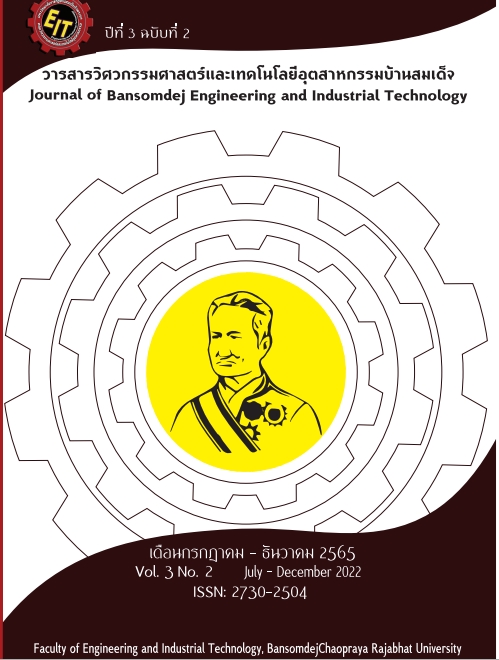The Synthesis of Silica from Biomass Ash for the Use as an Admixture for Mortar and Concrete
Main Article Content
Abstract
The objectives of this research were to examine the synthesis of silica from biomass ash which consisted of 3 types of agricultural waste material: rice husk ash, palm oil fuel ash, and bagasse ash, by using the sol-gel method and precipitation; to investigate the influence of the silica from biomass ash on the compressive strength of mortar and the chloride penetration of concrete by cement replacing with synthetic silica at 5, 10 and 15%. The compressive strengths of mortars were measured at ages of 14, 28, 60, 90, and 300 days and the rapid chloride penetration of concrete was tested at the age of 28 days. With regard to the silica synthesis, it was found that the rice husk ash and the bagasse ash could produce silica by 24.6% and 16.6% respectively, while the palm oil fuel ash produced silica at a very low level. As a result of the replacement of cement with silica, the silica mortar had a higher water demand than the cement mortar. The compressive strength of the silica mortar at the ages of 14, 28, 60 and 90 days were lower than those of cement mortar, while, at the late age of 300 days, the silica mortar could develop its compressive strength in the same as the cement mortar, as shown that their compressive strength were close to each other. Furthermore, the replacement of cement with silica provided a similar chloride resistance value to controlled concrete. The silica synthesized from rice husk ash had a higher capacity of chloride resistance than the silica synthesized from bagasse ash. The findings of this research can be applied as a guideline for the further development of concrete from agricultural waste materials.


